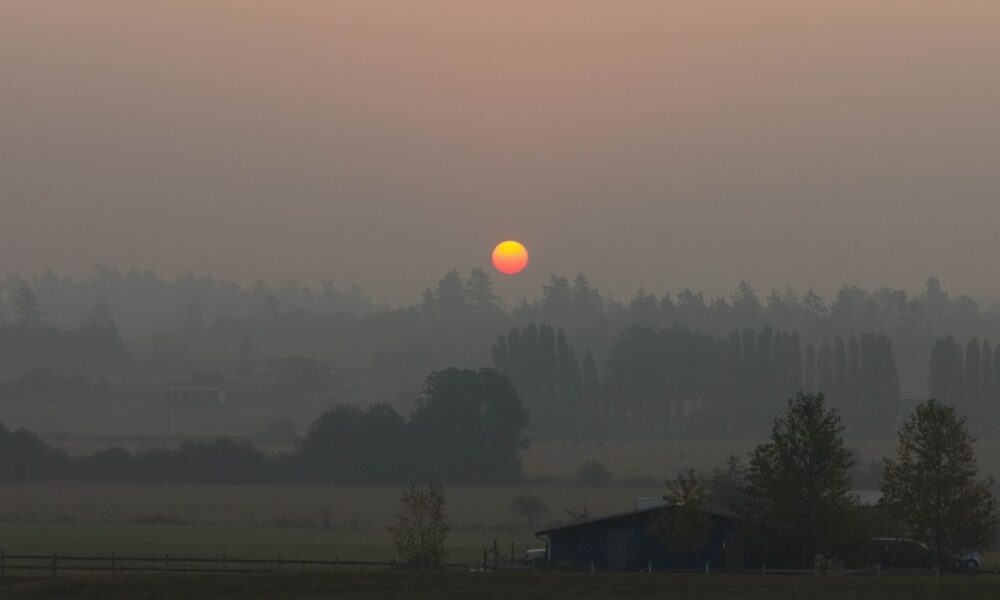The Sahara Desert is bringing hazy skies to Texas.
Every year, winds blow dust from the Sahara Desert in Northern Africa to states like Texas and Florida, as previously reported by The Dallas Express. This week, the dust is expected to cloud Texas skies ahead of the busy Independence Day travel season.
“Light amounts” of Saharan dust were predicted to move into South and Central Texas from June 29 to July 2, according to the National Weather Service Austin/San Antonio. Southeast Texas and Louisiana are expecting “higher concentrations” of the dust.
“You may notice a slightly hazy, milky appearance to the sky from the dust,” NWS Austin/San Antonio posted.
The sun rises over the University of Texas through Saharan dust. The dust from the Sahara in North Africa has traveled 6,000 miles to Texas and is giving Austin a hazy sky and vibrant sunrises and sunsets. #ATXWeather pic.twitter.com/Cu2E7dCd8s
— Jay Janner (@jayjanner) July 1, 2025
Meanwhile, the Dallas/Fort Worth International Airport is bracing for the “busiest days of summer” over the Independence Day holiday period. The airport is expecting 1.8 million travelers from July 2 to July 8, and officials expect more than 285,000 travelers on July 7 alone.
“Currently, operations are normal at the airport,” said DFW External Communications Manager Zachary Greiner to The Dallas Express. He suggested watching flights across the country through the FAA.
“This denser plume of Saharan dust particulates should subside just before Friday, July 4,” said meteorologist Collin Myers in a message to The Dallas Express.
Another “smaller plume” of dust will arrive around July 9, and it will likely hit the Gulf Coast and the Houston metro area most heavily, according to Myers. He said the dust comes annually, around June and July at the “onset of hurricane season,” when trade winds cross the Atlantic Ocean.
“This is VERY common,” Myers said. “This actually helps mitigate tropical development when hurricane season begins by hurting evaporation and tropical evolution in the Atlantic basin.”


